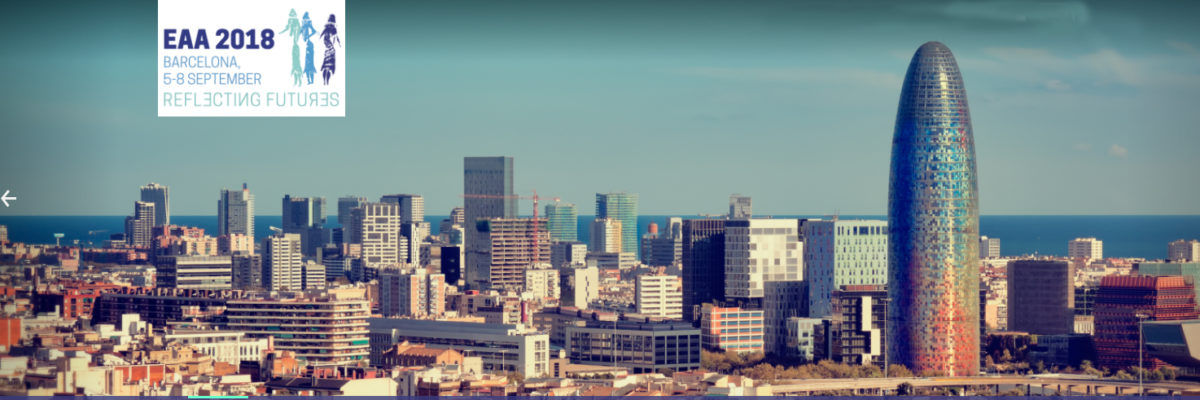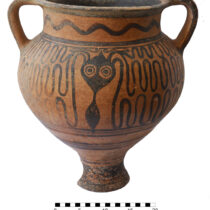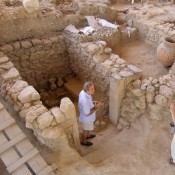CfP EAA 2018 Barcelona Session: #197
Maritime routes and their terrestrial components formed the trade networks in which the anchorages and harbours were the funnels, both to imports and exports. Archaeological data and its interpretation is an important element in the study of the contacts between the Aegean, Cyprus, Anatolia, Egypt and the Levant in the Bronze and Early Iron Ages. Anchorages/harbours such as Kommos in Crete, Pylos in mainland Greece, Enkomi in Cyprus and Ugarit, Sidon and Tell Abu Hawam in the Levant functioned as entrepôts for imported/exported products. The productive capability and access to raw materials of some of these anchorages/harbours were limited and often they just served as refinement of the goods originating in the hinterland. Those included agricultural products which were sent out for the exchange of luxury items. The importance of this topic lies in its interregional approach, analysing the interconnections between different Mediterranean regions; as well as exploring maritime and land transport technologies, routes and trading strategies.
We welcome papers related to harbour functions, inland harbour connections, imported/exported materials and maritime transport in the Aegean, Cyprus, the Levant and Egypt during the Middle Bronze Age, Late Bronze Age and Early Iron Age.
Deadline: 25 February 2018
Session format: Session, made up of a combination of papers, max. 15 minutes each
Theme: Mediterranean seascapes
Organisers: Jose Martin Garcia (PhD student Universidad Pompeu Fabra, Spain); Dr. Vyron Antoniadis (Academy of Athens, Greece); Judith Muñoz Sogas (PhD student Universidad Pompeu Fabra, Spain); Paz Ramirez Valiente (PhD student University of Nottingham, UK)




